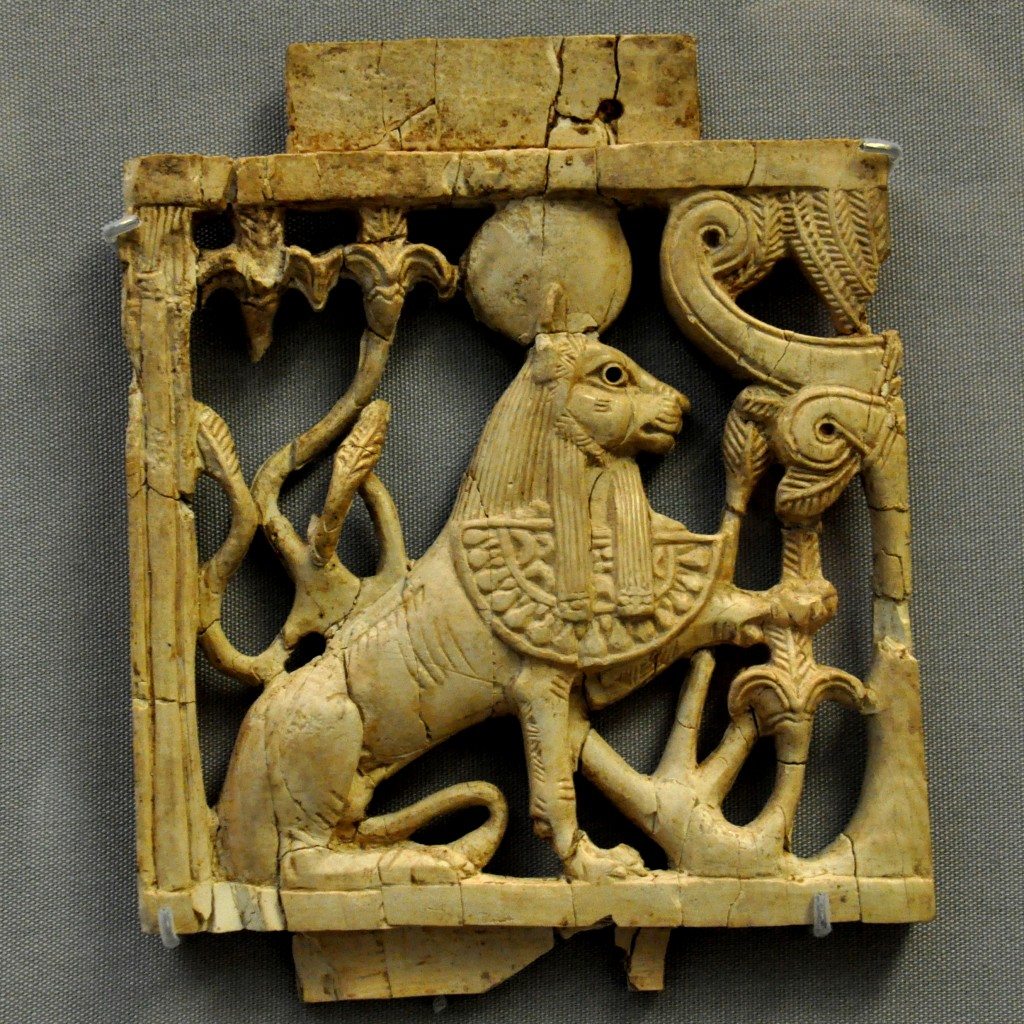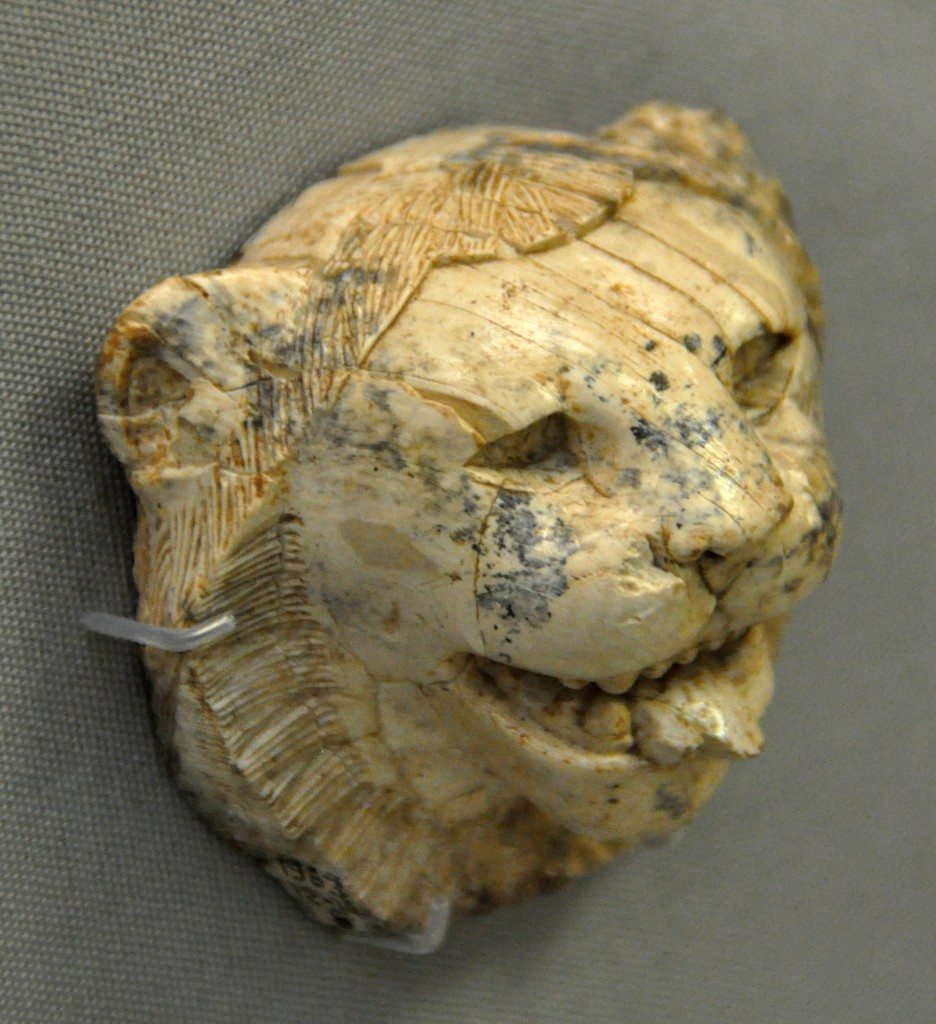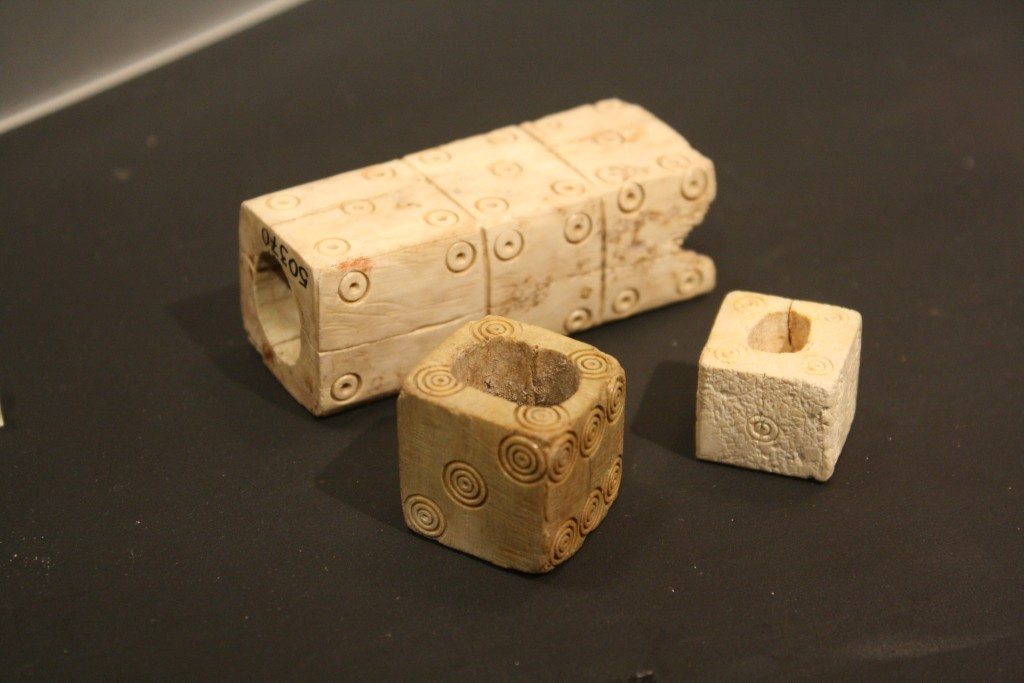Ivory, with its ease of carving and exotic rarity, has been used to make art objects for millennia. True ivory actually refers to only the dentine of elephant tusks but it may also refer to the tusks and teeth of walrus, hippopotamus, narwhal and sperm whales, amongst others. The ancient world acquired its ivory either directly or through trade with Africa and India via the Levant, as attested by the Bronze Age Ulu Burun shipwreck which had ivory as part of its cargo.
In the modern day ivory is, of course, a strictly controlled commodity and its trade and use are illegal if taken from endangered species. In the ancient world, though, ivory could be carved alone or added to metals or wood and used as inlay. The Egyptians buried ivory objects with the dead, the Greeks used it for giant statues such as the Parthenon Athena, and the Romans even burnt it at funerals. Below are just some of the objects made from this precious and fragile material which have survived the centuries.

An ivory figurine representating a bull-leaper from a three dimensional composition (with two other figures and a bull) depicting this Minoan sporting or religious activity. Hair would have been added using bronze wire and clothes in gold leaf, 1600-1500 BCE. It is perhaps the earliest known attempt in sculpture to capture free movement in space. Archaeological Museum Herakleion, Crete. Photo © Mark Cartwright

This ivory plaque is part of the so-called “Nimrud Ivories.” The sphinx wears the typical Egyptian Pharaohs’ double crown and an apron with cobra. This indicates that the plaque was made by a Phoenician craftsman. From Nimrud (ancient Kalhu) northern Mesopotamia, Iraq. Neo-Assyrian period, 911-612 BCE. The British Museum, London. Photo © Osama Shukir Muhammed Amin.

Another piece from the “Nimrud Ivories.” These ivories decorated chariots, high status furniture, and horse trappings. They were covered with thin gold-leaf or ornamented with semi-precious stones. It is thought these ivories were made by Phonecian craftsmen; the overall Egyptian style on scene depictions is very striking. From Nimrud (ancient Kalhu) northern Mesopotamia, Iraq. Neo-Assyrian period, 911-612 BCE. The British Museum, London. Photo © Osama Shukir Muhammed Amin.

A Greek ivory pyxis (cup) depicting griffins attacking stags. 15th Century BCE. Agora Museum, Athens. Photo © Mark Cartwright

A Roman ivory doll from the mid-2nd century CE. From the ‘Grottarossa Mummy’ sarchophagus, Rome. Palazzo Massimo, Rome. Photo © Mark Cartwright

Flavius Anastasius Paulus Probus Sabinianus Pompeius (consul 517 CE) in consular garb, holding a sceptre and the mappa, a piece of cloth used to signal the start of chariot races at the Hippodrome. Ivory panel from his consular diptych. Photo © Clio20

Roman dice in bone and ivory. The larger, triple dice is an unfinished work. Roman Imperial period. Palazzo Massimo, Rome. Photo © Mark Cartwright
All images may be seen on Ancient History Encyclopedia.